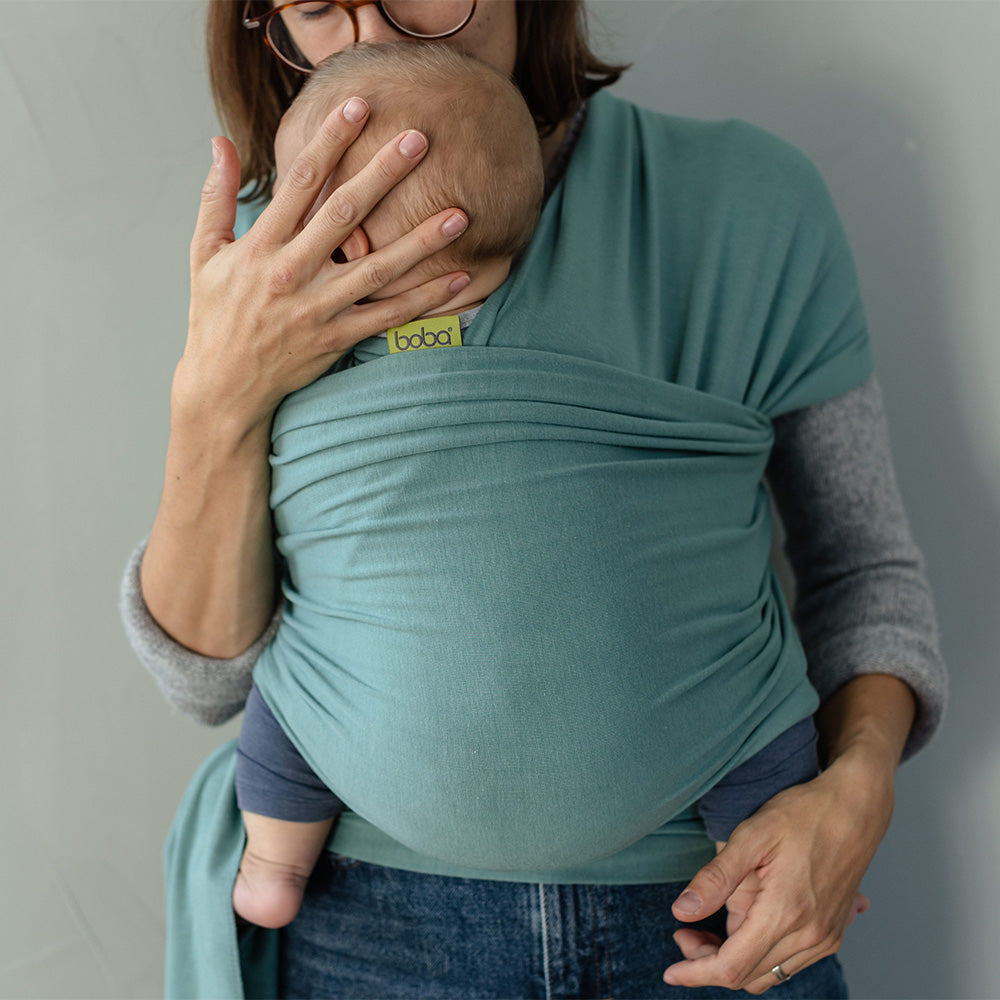It’s the end of the day, and your baby is crying uncontrollably. They refuse to settle, turning their head away when you try to comfort them. No matter what you do, they seem overwhelmed. If this sounds familiar, your baby may be experiencing overstimulation.
Overstimulation happens when a baby takes in more sensory input than they can handle. Their developing brains are still learning how to process sights, sounds, and interactions, so too much at once can lead to fussiness and distress. Learning to recognize and manage overstimulation is essential for both the baby’s well-being and a parent’s peace of mind.
This blog will explore how to spot the signs of overstimulation and provide practical strategies to calm an overstimulated baby while establishing a soothing routine.
Recognizing the Signs of Overstimulation
A. Physical Signs
-
Fussiness and irritability.
-
Arching of the back.
-
Clenched fists.
-
Turning away or avoiding eye contact.
-
Difficulty sleeping or feeding.
B. Behavioral Signs
-
Excessive crying or screaming.
-
Difficulty settling or calming down.
-
Increased startle reflex.
-
Changes in eating or sleeping patterns.
C. Understanding the Triggers
-
Too many visitors.
-
Noisy environments.
-
Overly stimulating toys.
-
Changes to routine.
Immediate Strategies for Calming an Overstimulated Baby
A. Reducing Sensory Input
-
Dim the lights to reduce visual stimulation.
-
Minimize noise by using white noise or soft music.
-
Move to a quiet, calm space where the baby feels secure.
B. Physical Comfort
-
Swaddle or hold the baby close to provide security.
-
Gently rock or sway to mimic the movement they felt in the womb.
-
Offer a pacifier or nurse if feeding provides comfort.
A soft baby blanket can also provide comfort and familiarity, making it easier for the baby to settle.
C. Creating a Safe Space
-
Take the baby to their room where they feel safe.
-
Use a play tent or other enclosed space to limit sensory input.
-
Reduce visual stimulation by keeping the space simple and clutter-free.
Creating a Calming Routine
Establishing Predictable Patterns
-
Maintain a consistent bedtime and naptime routine.
-
Follow a predictable feeding schedule.
-
Have a regular bath time to signal relaxation.
Incorporating Calming Activities
-
Give your baby a gentle massage before bed.
-
Read or sing softly to create a sense of calm.
-
Offer quiet playtime with soft, comforting toys.
Optimizing the Environment
-
Keep the sleep environment dark, quiet, and cool.
-
Use soft lighting and calming colours in the nursery.
-
Limit screen time and avoid loud noises before bedtime.
The Importance of Parental Calm
-
Babies can sense their parents’ emotions, so staying calm is important.
-
Self-care for parents is essential to prevent stress from passing to the baby.
-
Try breathing exercises or mindfulness to stay relaxed.
Prevention Strategies
-
Pay attention to your baby’s cues and avoid pushing them past their limits.
-
Limit exposure to noisy and stimulating environments.
-
Schedule downtime to allow your baby to reset.
-
Introduce new experiences gradually to avoid overwhelming them.
-
Prioritize your baby’s sleep, as overtiredness can make overstimulation worse.
A Place To Empower Mamas With Incredible Products
Zoe Sage came from a genuine desire to ease into the transition to motherhood and breastfeeding because - let’s be honest - motherhood is no joke. Owned and operated by a young mother of two, Zoe Sage is all about offering incredible products that actually reduce stress levels instead of increasing them.
From baby sleeping bags, silicone feeding sets and our signature Five In One Multi Use Mama Cover, we’ve got the essentials of motherhood covered alongside free shipping over $100, a thirty day returns policy, and of course, flexible payment options like ZipPay and Afterpay.
If you’re on the hunt for baby products that actually benefit you and your family, follow us on Instagram to stay updated on new arrivals, or get in touch with us today if you have a query about one of our items available at Zoe Sage.

